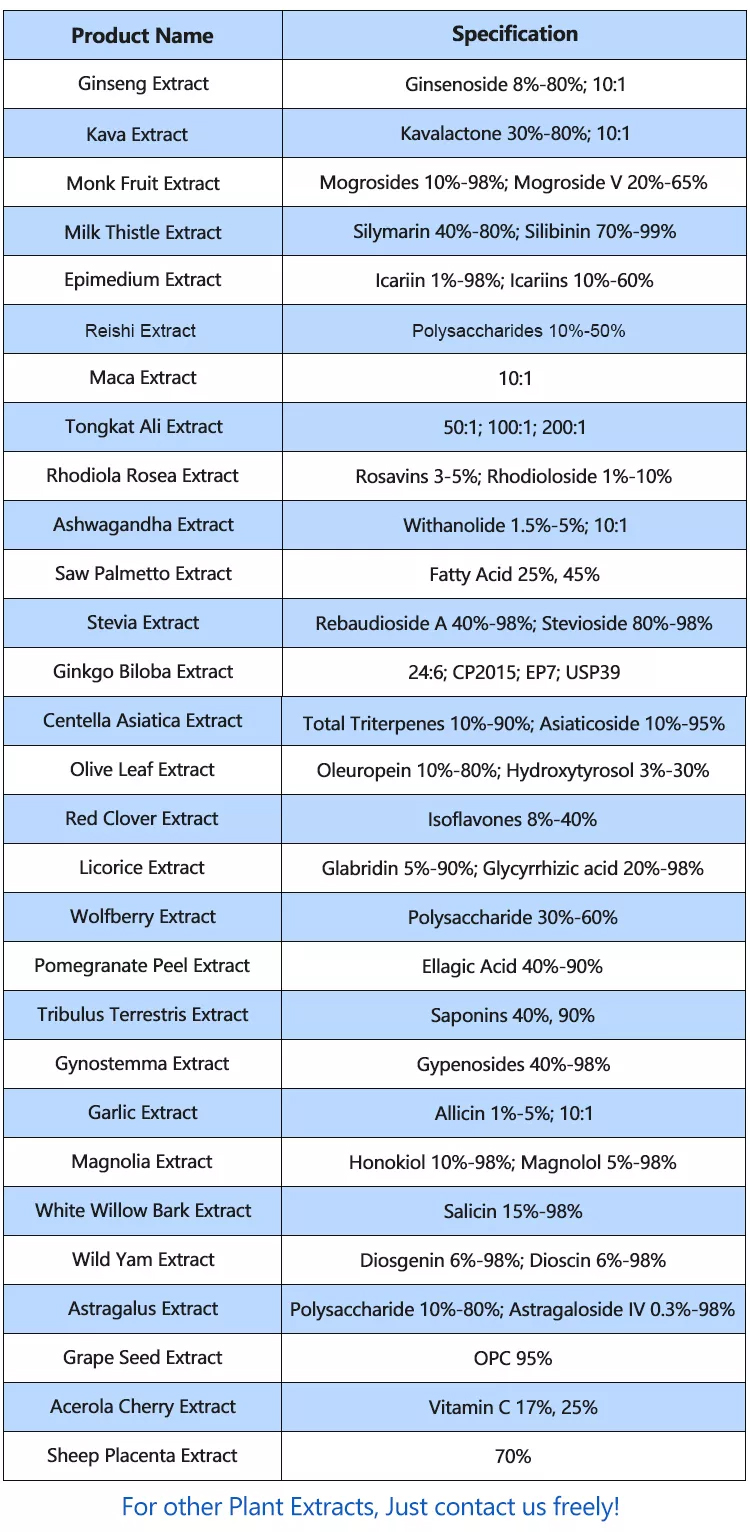Glycyrrhetinic acid is a natural compound derived from licorice root (Glycyrrhiza glabra), which has been used for centuries in traditional medicine due to its various therapeutic properties. The compound is a triterpenoid saponin, which means it belongs to a class of chemical compounds found abundantly in plants. It’s responsible for the characteristic sweet taste of licorice root.
Origin: Licorice root, primarily found in the Mediterranean and parts of Asia, is the primary natural source of glycyrrhetinic acid. The compound is extracted through various methods from the roots of the licorice plant.
Nature: Chemically, glycyrrhetinic acid is a pentacyclic triterpenoid compound, composed of 30 carbon atoms. It is known for its pharmacological properties, including anti-inflammatory, antiviral, and hepatoprotective effects. Its structure allows it to interact with various biological targets, influencing different physiological processes.
Introduction: Glycyrrhetinic acid has been utilized in traditional medicine systems like Traditional Chinese Medicine and Ayurveda for centuries. However, its introduction to modern medicine began with scientific investigations into the medicinal properties of licorice root. Researchers isolated and identified glycyrrhetinic acid as one of the bioactive compounds responsible for the therapeutic effects observed with licorice root consumption.

In modern times, glycyrrhetinic acid has found applications in pharmaceuticals, cosmetics, and dietary supplements. Its anti-inflammatory properties, in particular, have garnered significant attention in the treatment of various inflammatory conditions. Moreover, its potential in skincare formulations, especially for its skin-soothing and anti-inflammatory effects, has led to its incorporation into many topical products.
However, it’s important to note that while glycyrrhetinic acid has numerous beneficial properties, excessive consumption or prolonged use can lead to side effects, particularly related to its impact on hormonal regulation and potassium balance. Therefore, it’s essential to use it judiciously and under the guidance of healthcare professionals.
The potential benefits of Glycyrrhetinic Acid
Glycyrrhetinic acid is a compound found in licorice root, renowned for its diverse potential benefits. Here are some of its notable effects:
Anti-inflammatory Properties: Glycyrrhetinic acid exhibits potent anti-inflammatory effects, making it beneficial for conditions such as arthritis, eczema, and other inflammatory disorders.
Antiviral Activity: Studies suggest that glycyrrhetinic acid possesses antiviral properties, particularly against certain types of viruses, including herpes simplex virus and HIV.
Skin Health: It’s commonly used in skincare products due to its ability to soothe irritation, reduce redness, and promote skin healing. It can also inhibit the enzyme tyrosinase, thereby potentially reducing hyperpigmentation.
Liver Health: Glycyrrhetinic acid has been investigated for its hepatoprotective effects, which means it may help protect the liver from damage caused by toxins or diseases. It can also aid in liver regeneration.
Anti-cancer Potential: Some research suggests that glycyrrhetinic acid may have anticancer properties, though more studies are needed to fully understand its mechanisms and potential applications in cancer treatment.

Anti-diabetic Effects: There’s evidence to suggest that it may help regulate blood sugar levels and improve insulin sensitivity, which could be beneficial for individuals with diabetes or those at risk of developing it.
Cardiovascular Health: Glycyrrhetinic acid may have cardiovascular benefits, such as reducing cholesterol levels and blood pressure, which can help lower the risk of heart disease.
Anti-allergic Effects: It may help alleviate symptoms of allergies by inhibiting the release of histamine and other inflammatory mediators.
However, it’s important to note that while glycyrrhetinic acid offers promising benefits, excessive consumption or prolonged use may lead to adverse effects, such as hypertension, hypokalemia (low potassium levels), and fluid retention. As with any supplement or medicinal compound, it’s crucial to use it responsibly and under the guidance of a healthcare professional.
